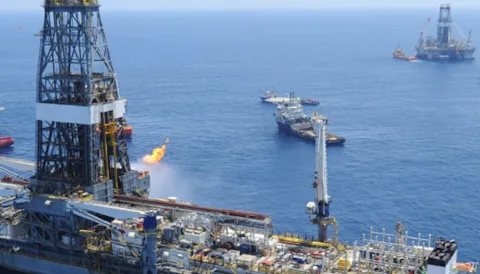
26 October 2017
DNV GL Leads at MTS DP Conference
Recognized as a key contributor at the annual Marine Technology Society (MTS) Dynamic Positioning (DP) conference in Houston, Texas, DNV GL’s experts addressed the ever-changing concerns of the indust...